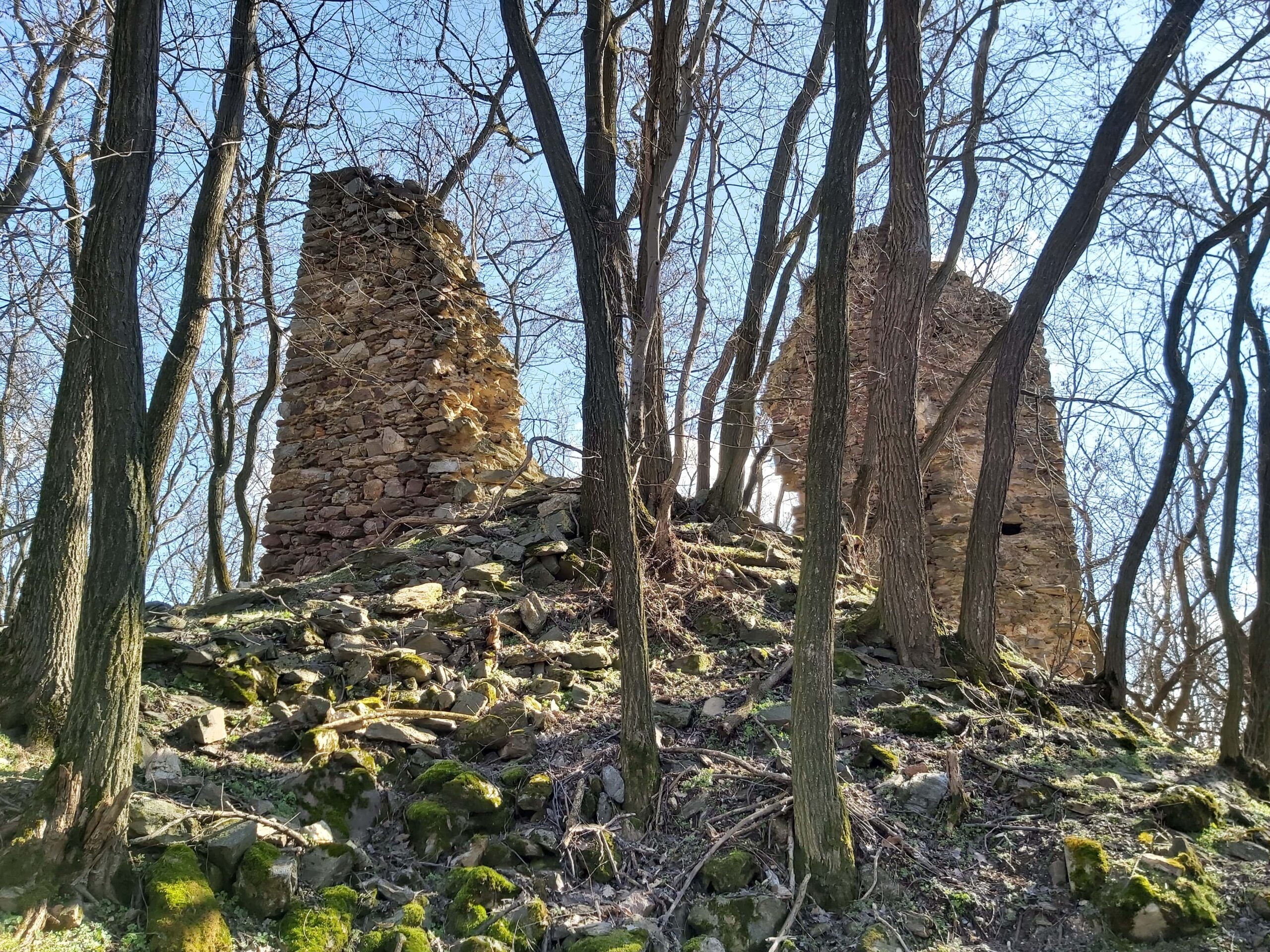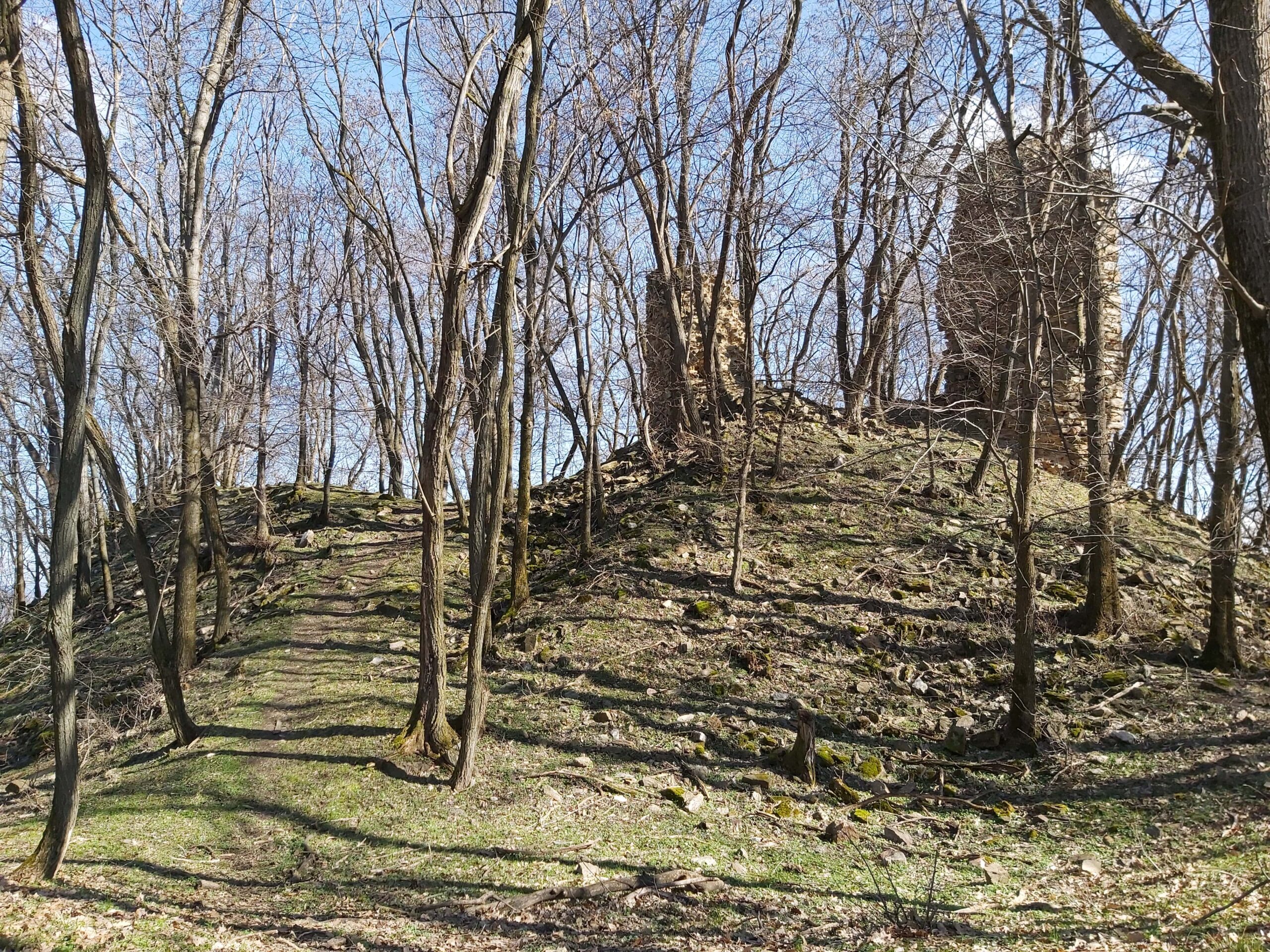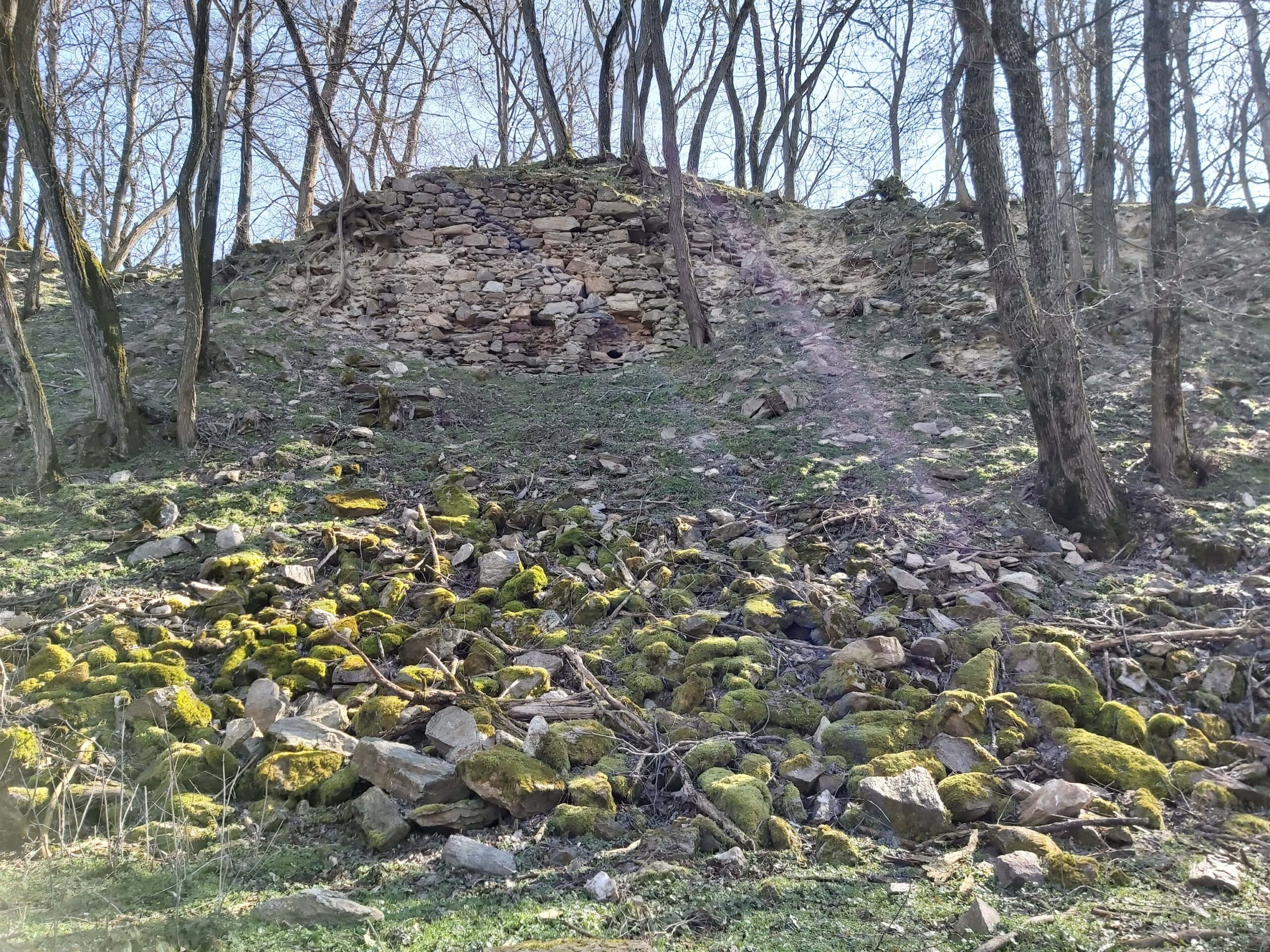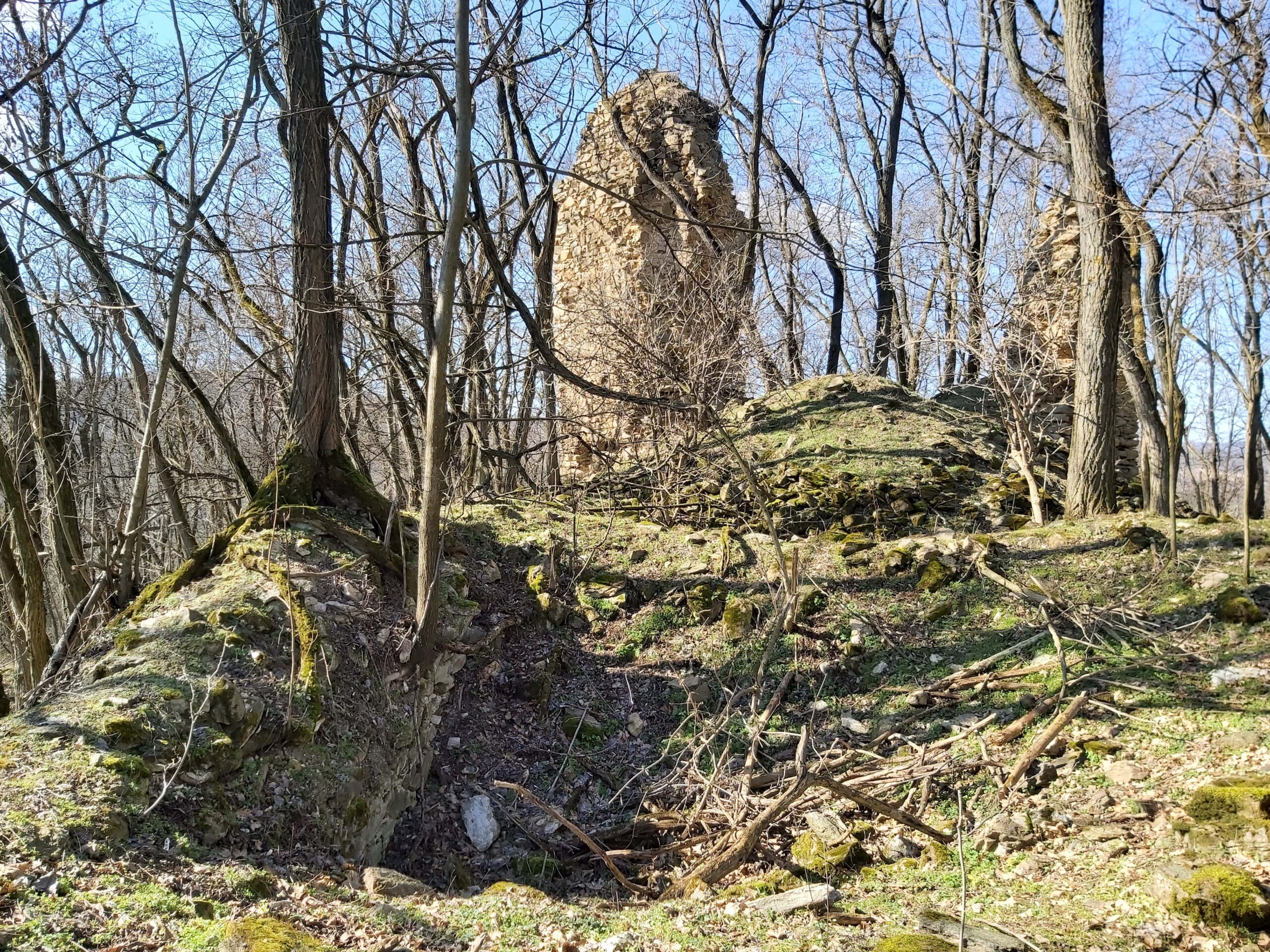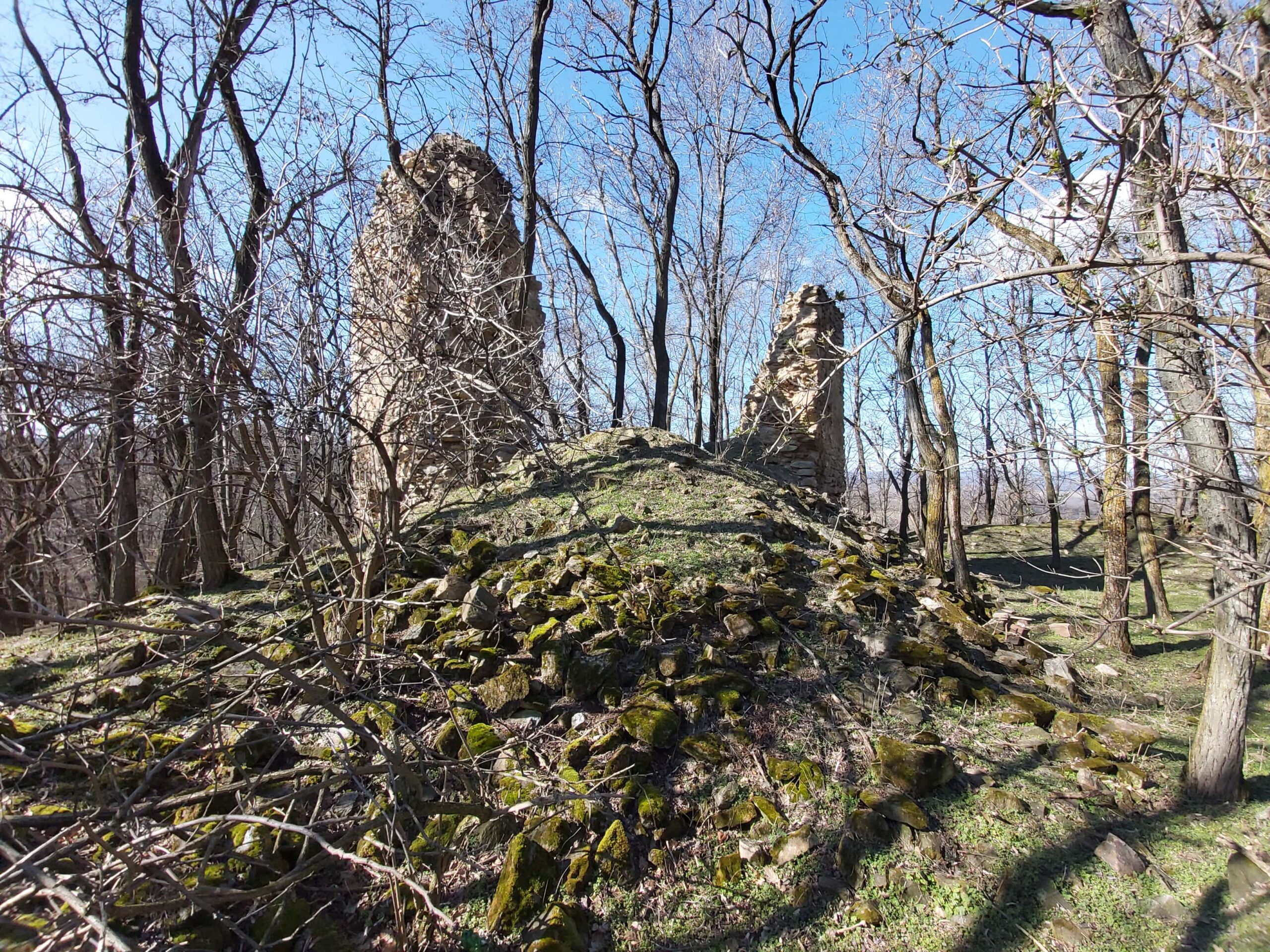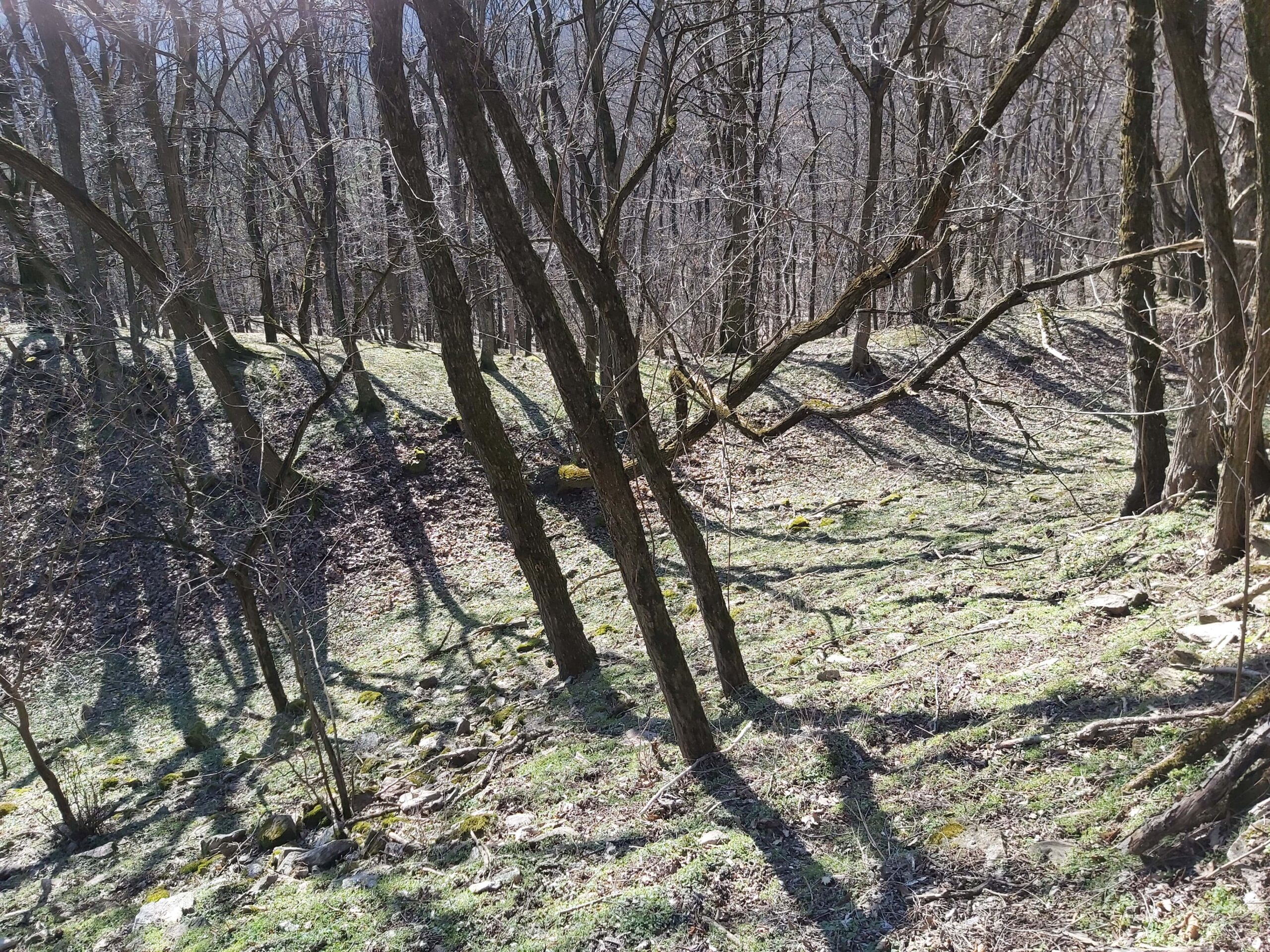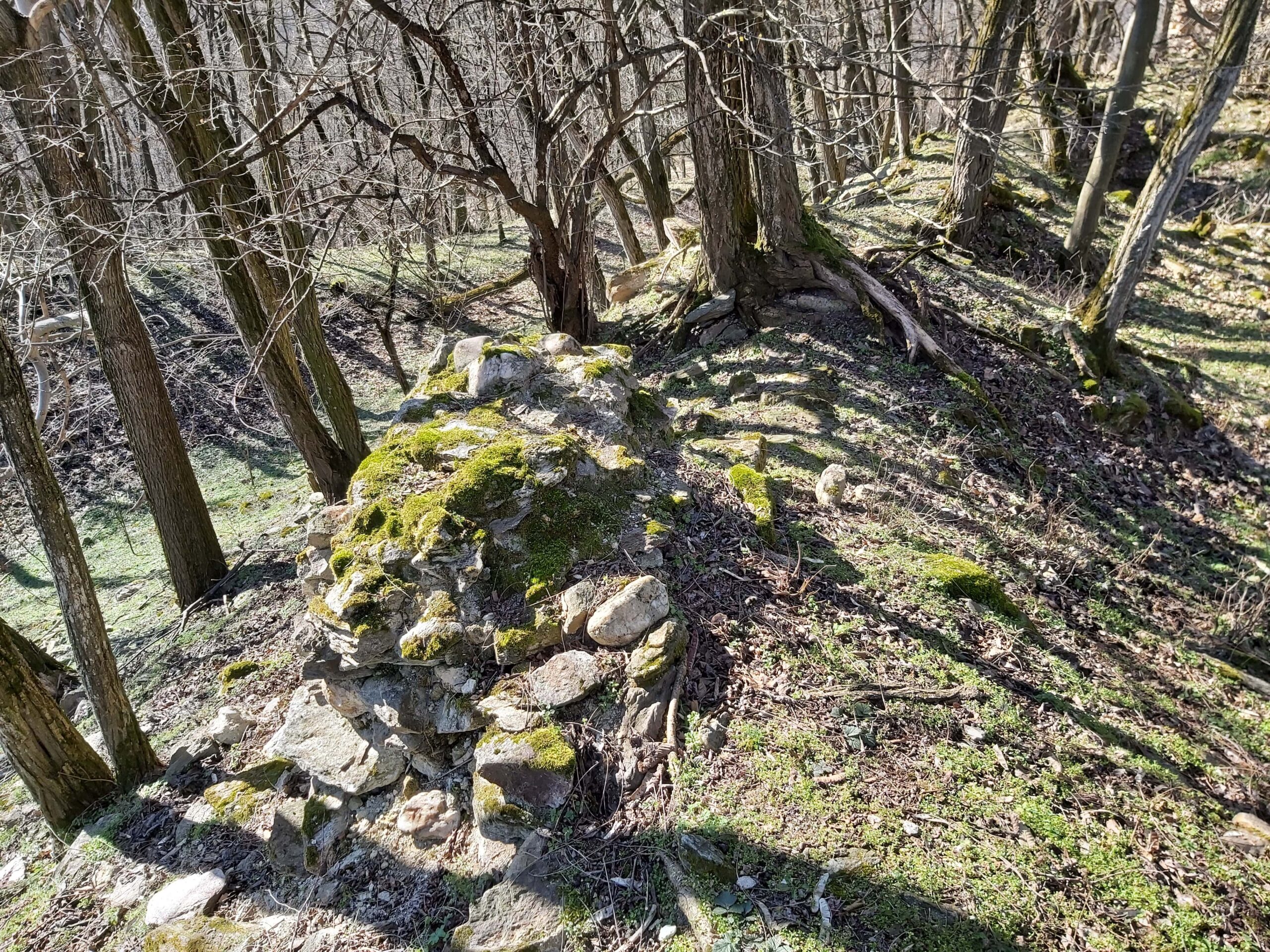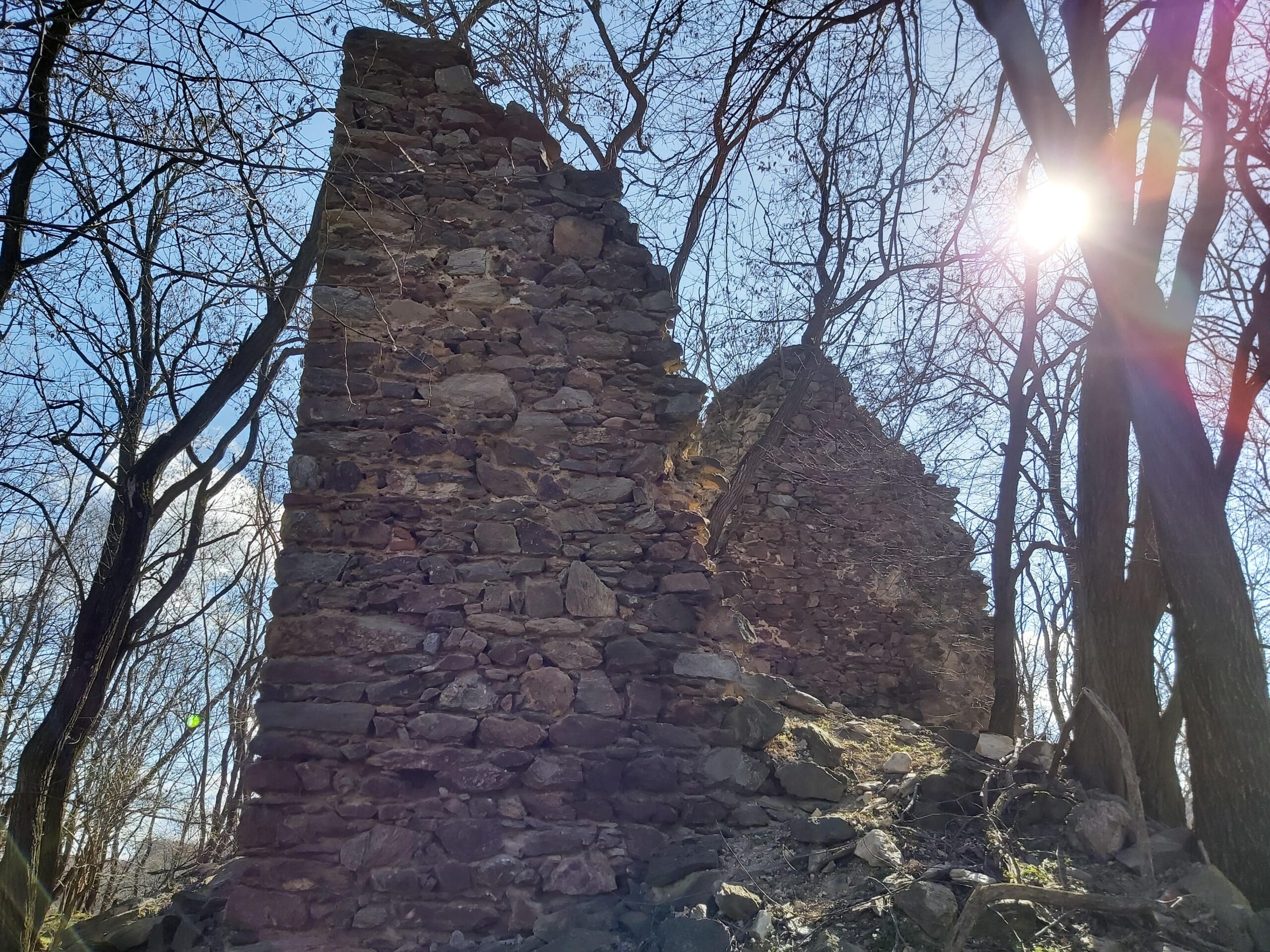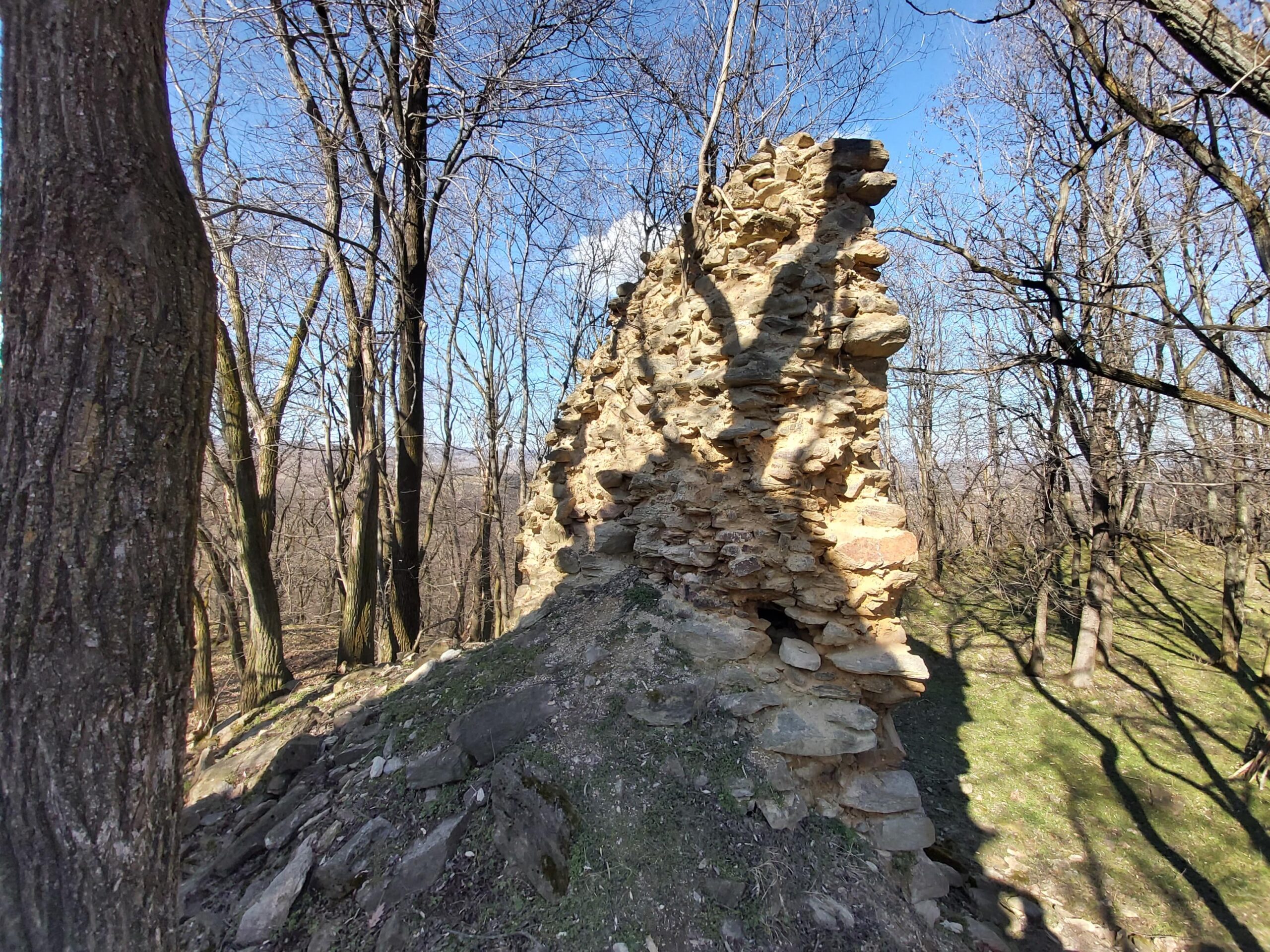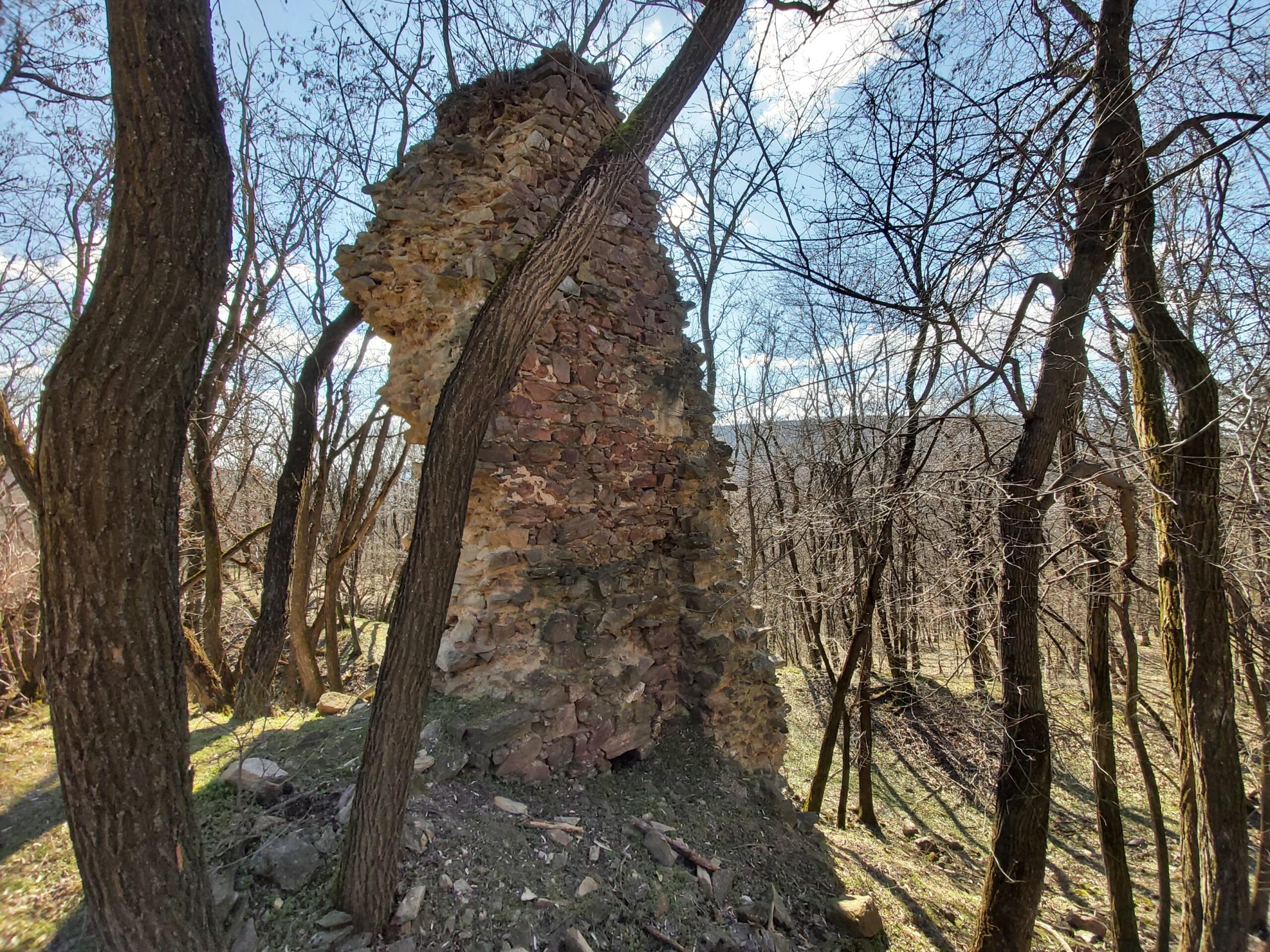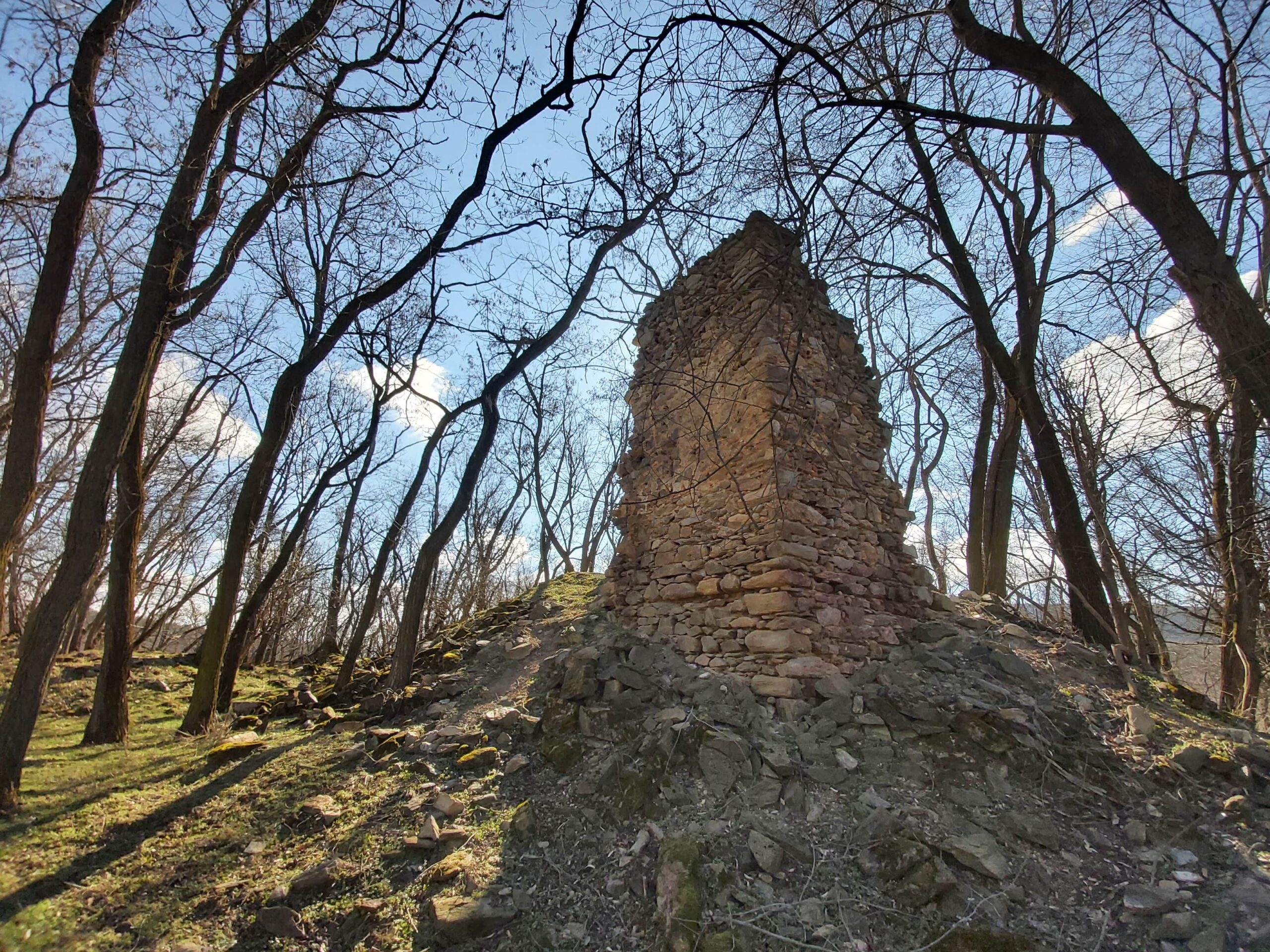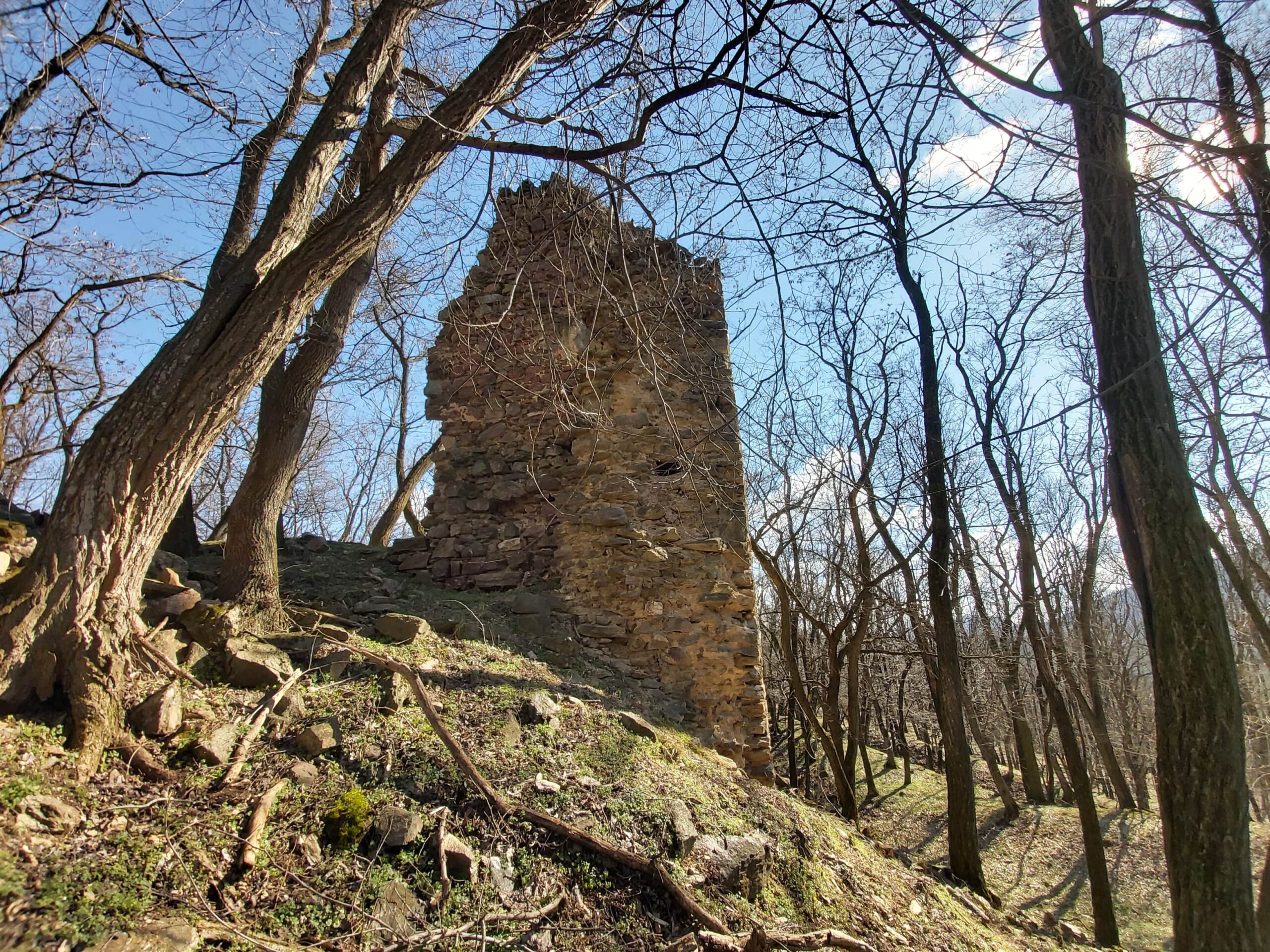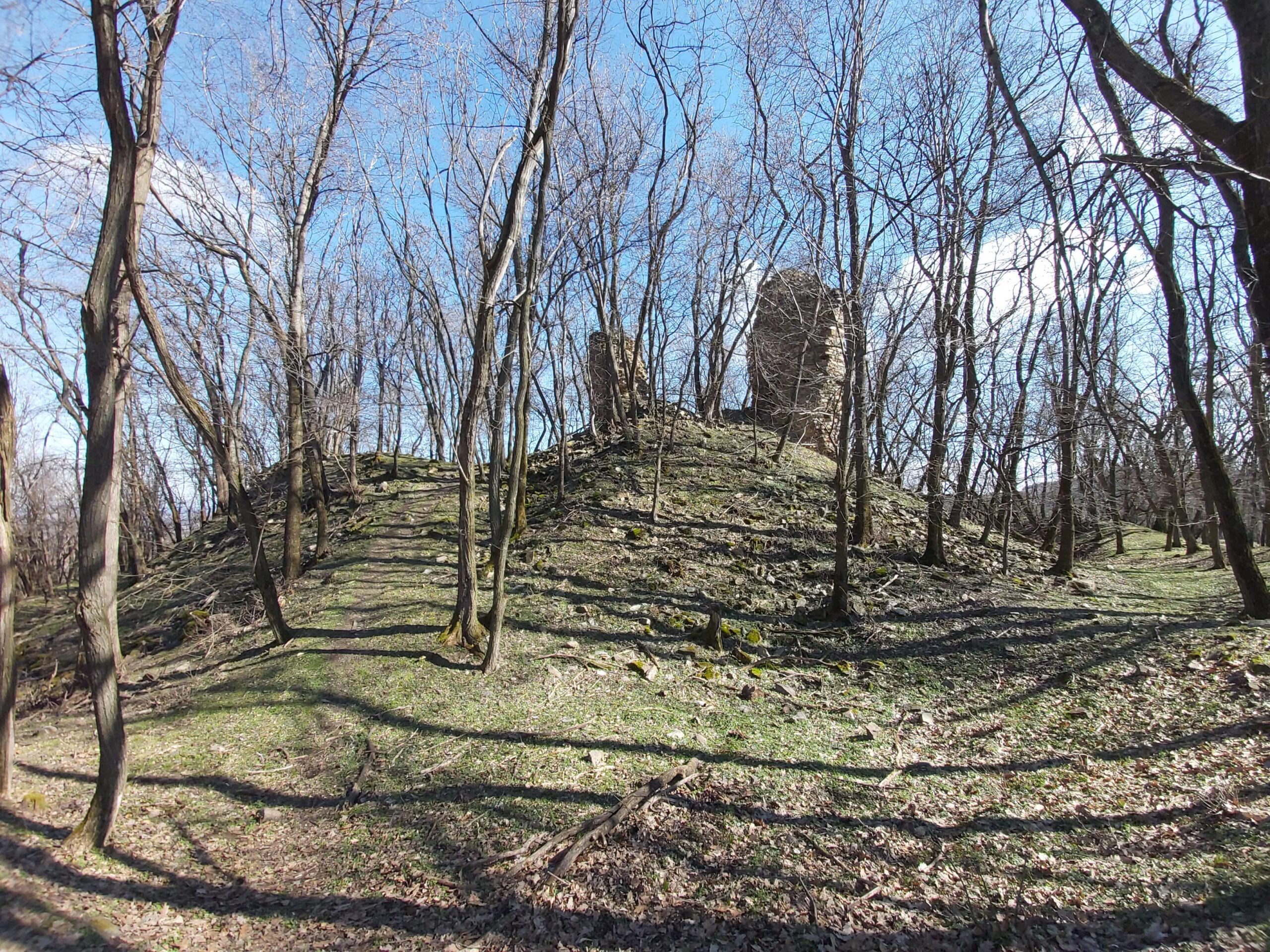Sub Cetate, Valcăul de Jos (Valkóváralja) – Sălaj County
Formerly a crucial point in the history of the Crasna region, Valcău Fortress now retains only a few faint traces of the times when it served the most important strategic role in the county. The story of the fortification spans almost 800 years, with the first documentary mention recorded back in 1280.
Valcău Fortress, the main bastion of Crasna County
Built on the hilltop known today as Plai, at the foothills of the Plopiș Mountains, Valcău Fortress was constructed by the Kingdom of Hungary to obstruct the Mongol invasions and to enhance defense against the increasing threat of the Ottoman Empire. Part of the extensive fortification system built in Transylvania, the fortress was intended to defend the southwestern region of Sălaj, particularly the Nușfalău-Zăuan-Ip line. Bordered on the east by the Barcău River, which springs nearby, its waters effectively played a part in the defense moat, crucial for fortifications during that time, especially after the great Mongol invasion of 1241.
Initially a noble fortress, owned by castellan Bekcs, son of former palatine Jacob Borsa Kopasz, the fortress was conquered by Dezső Elefánti, who then gifted it to King Charles Robert I of Anjou. Subsequently, the domain was donated to Count Donch of Crasna, and later, by the end of the 14th century, it came into the possession of the noble Bánffy-Losonczi family. Attacked by the troops of Holy Roman Emperor and King Sigismund of Luxembourg in 1404, the fortress gradually became the „watchtower” of the entire southern region of Crasna County from the 15th century, but was later devastated in 1514 during the peasants’ revolt led by György Dózsa.
Valcău Fortress, destroyed by the Turks, neglected by Romanians and Hungarians
Remaining without its defensive role in the 16th century, the fate of the fortress was sealed definitively in the winter of 1665, when a troop of 500 soldiers sent from Oradea by Hamza Pasha conquered Valcău Fortress. Their mission was not challenging, as only after the capture of Oradea in 1660 was the establishment of a permanent military guard proposed, with the last castellan being Mihály Teleky, chancellor of Transylvania and main advisor of Prince Michael I Apafi. Reconstruction attempts were repeatedly thwarted by Hamza Pasha’s troops, and the last attempt in 1718, following a decision of the assembly of Inner-Szolnok County, ended in failure.
Excluded from tourist circuits, Valcău Fortress, now just a sad ruin, is not preserved, although it is on the list of the National Register of Historical Monuments. Despite maybe less spectacular than other fortifications in the Sălaj area, Valcău Fortress still offers a fantastic view from the plateau, a place where time stops and the turbulent past of the centuries-old stones blends with the peacefullness of the present and the murmur of the Barcău River’s waters. The remaining walls, traces of the defensive moats, and the ruins of the former palace of the fortress still bear witness to the history of the region, watching over the village of Sub Cetate from the depths of the forest.
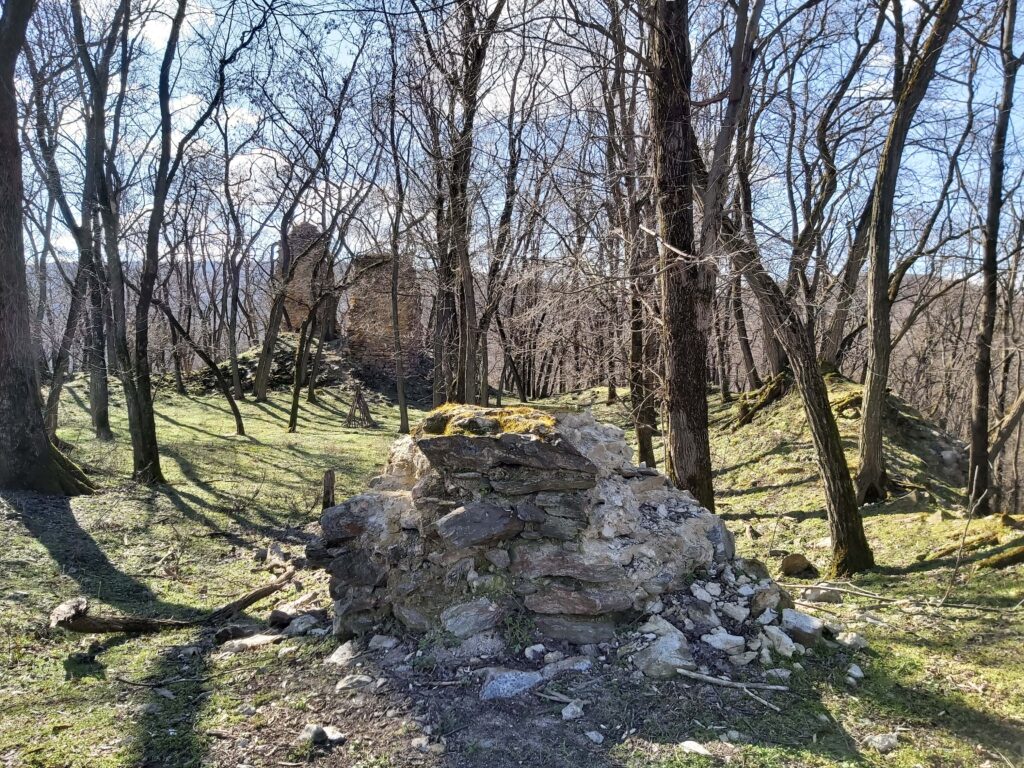
The hill of the fortress is relatively easy to reach, with the DC90 road separating from the main DJ191D road in Valcăul de Jos and leading to the village of Sub Cetate. After leaving your car at the foot of the hill, by the banks of the Barcău River, a marked and signposted path through the forest will take you to the ruins on the plateau in about half an hour. Enjoy the fresh air, the tranquility of the woods, and the solemn silence of the ancient walls of Valcău Fortress…

